Cantaloupe Profile
Written by Joy
Nov 06 2020
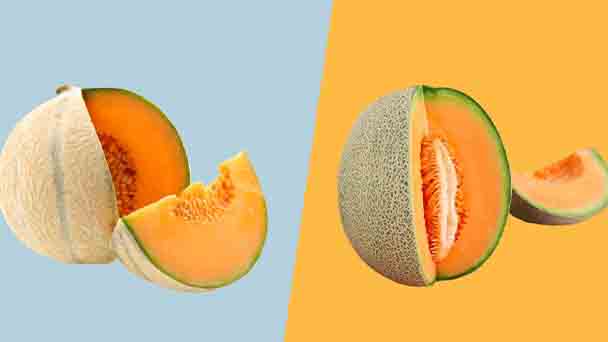
Cantaloupe is mainly produced in the Tuha Basin. It has various shapes, unique flavors, thick flesh, crisp and refreshing. Cantaloupe is nutritious and contains up to 21% sugar.
Cantaloupe morphological characteristicsCantaloupe growth habit and growing environment and distributionCantaloupe efficacy and roleNutritional valueMedicinal value
The variety of resources of cantaloupe are very rich. Hami melons are divided into early, middle and late varieties according to their maturity period. Early and mid-ripening are called summer melon, and late-ripening is called winter melon. Early-maturing cantaloupe varieties mainly include Huangdanzi, Naxigan, Yibaotang, Baozi Kekouqi, Shitian 401, etc., which are characterized by a thin skin and fine flesh and strong fragrance. The middle-mature varieties are mainly red hearts, crispy and juicy, thick and delicate meat, fragrant and refreshing, and are loved by people. After storage, the meat of cantaloupe changes from crunchy and hard to soft, juicy, sweet and mellow.
Cantaloupe morphological characteristics

There are more than 180 varieties of cantaloupe, with various shapes such as oval, oval, spindle, long rod, etc.; the size is different, the small one is 1 kilogram, the large one is 15-20 kilograms; the peel has two kinds of reticulate and smooth skin; The color is green, yellow and white, and the flesh is white, green, and orange. The flesh is crisp, crisp, and soft, and the flavor is mellow, fresh and fruity. There are more than fifty rare varieties.
Xizhou honey: light hemp green, green road, fine and dense network, orange-red flesh, fine, crispy, good flavor, the sugar content of 20%, the best produced in Xinjiang Dongjiang.
Donghu Melon: The netting is beautiful, the taste is like fragrant pear, it is sweet and crisp, and it exudes attractive milky, fruity and wine aroma.
Black eyebrows: The shape is elliptical, and there are more than a dozen dark green vertical stripes on the skin. It looks like a beautiful eyebrow. The flesh of the melon is emerald green, the quality is fine and juicy, the sugar content is high, the mouth is sticky, and it is eaten after the winter. The aroma is striking, sweet and refreshing.
Red Heart Crisp: Orange-red color, crispy and juicy, creamy, full of aroma, after eating, the lingering fragrance will last for a long time.
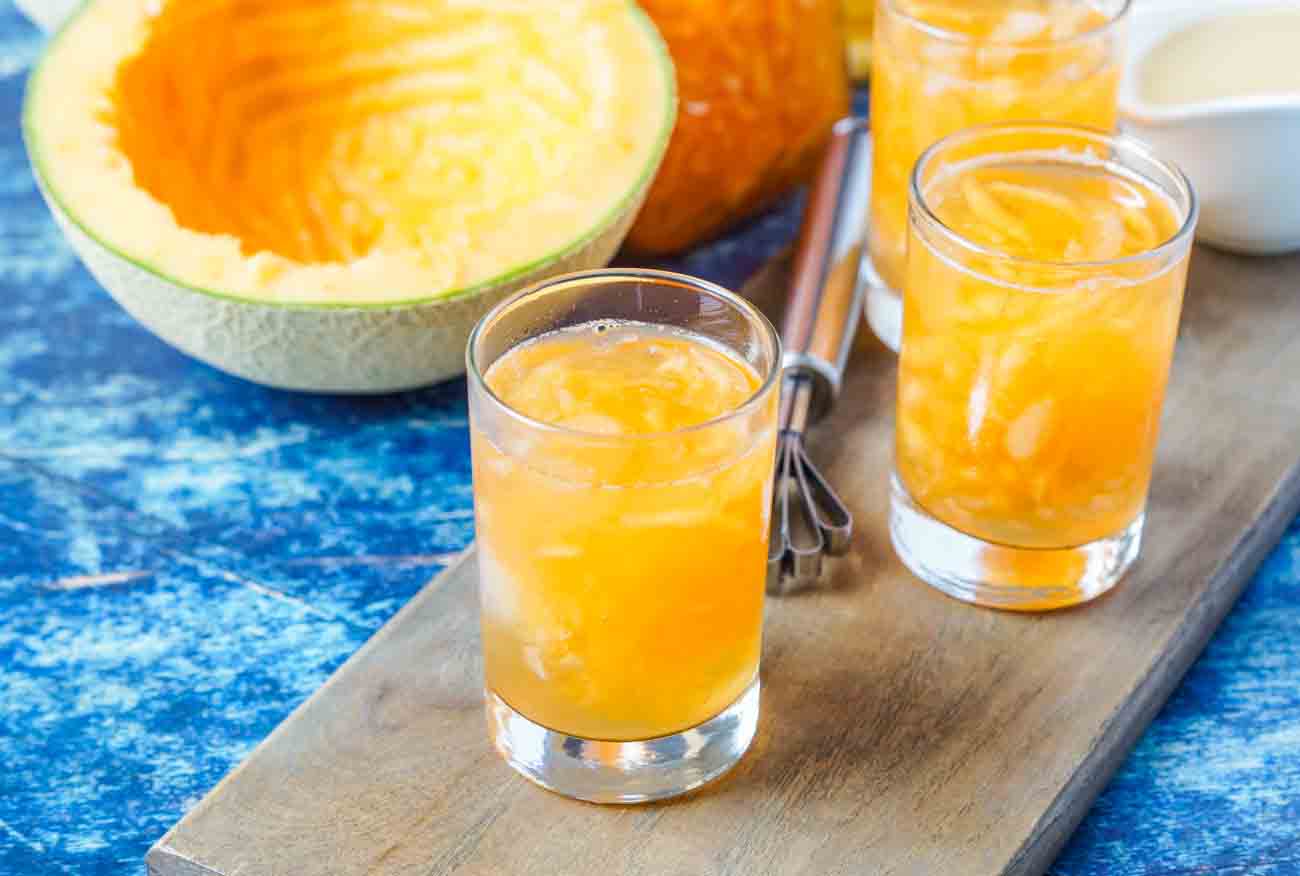
Xuelihong: Thick-skinned muskmelon bred by Xinjiang Hami Melon Research Center. It is an early-middle-maturing variety. The fruit development period is about 40 days. The fruit is oval, with white skin and occasional sparse nets. When mature, the white is red and the flesh is light red. , The meat is tender, crisp and refreshing, melts in the mouth, the taste is like fragrant pear, the center refractive sugar is more than 15%, and the single melon weighs about 2.5 kg.
Jiashi melon: Jiashi melon is named because it is produced in Jiashi County. It has a planting history of more than 1,500 years. There are many varieties, including early, middle and late seasons, and there are more than 30 species. Jiashi melon has a long history of cultivation. Its shape is well-proportioned and full. It has the characteristics of thick and fine meat, sweet and crisp, thick juice, thin skin, and high sugar content. It ranks first in Xinjiang melons and has become a leader in all kinds of melons and fruits in China.
Cantaloupe growth habit and growing environment and distribution
The Turpan-Hami Basin, located in the eastern part of Xinjiang, spreads east-west in the Turpan and Hami regions. It faces the Tarim Basin and Junggar Basin from the north to the south. The basin is surrounded by mountains. It has a typical continental arid climate. Due to the influence of the mountains in the northwest, the humid airflow is blocked from going south, resulting in the Tuha Basin being extremely dry, less rain, large evaporation, extremely hot in summer, severe cold in winter, the large temperature difference between day and night, long hours of light, good atmospheric transparency, and effective accumulated temperature exceeding 4000 ℃. The annual precipitation is less than 40 mm and the evaporation is more than 3000 mm, which is extremely conducive to the growth and development of melons and the accumulation of sugar. The unique climatic conditions have cultivated unique Xinjiang melons. The sweetness of cantaloupe is so high that its secret lies in this special climate.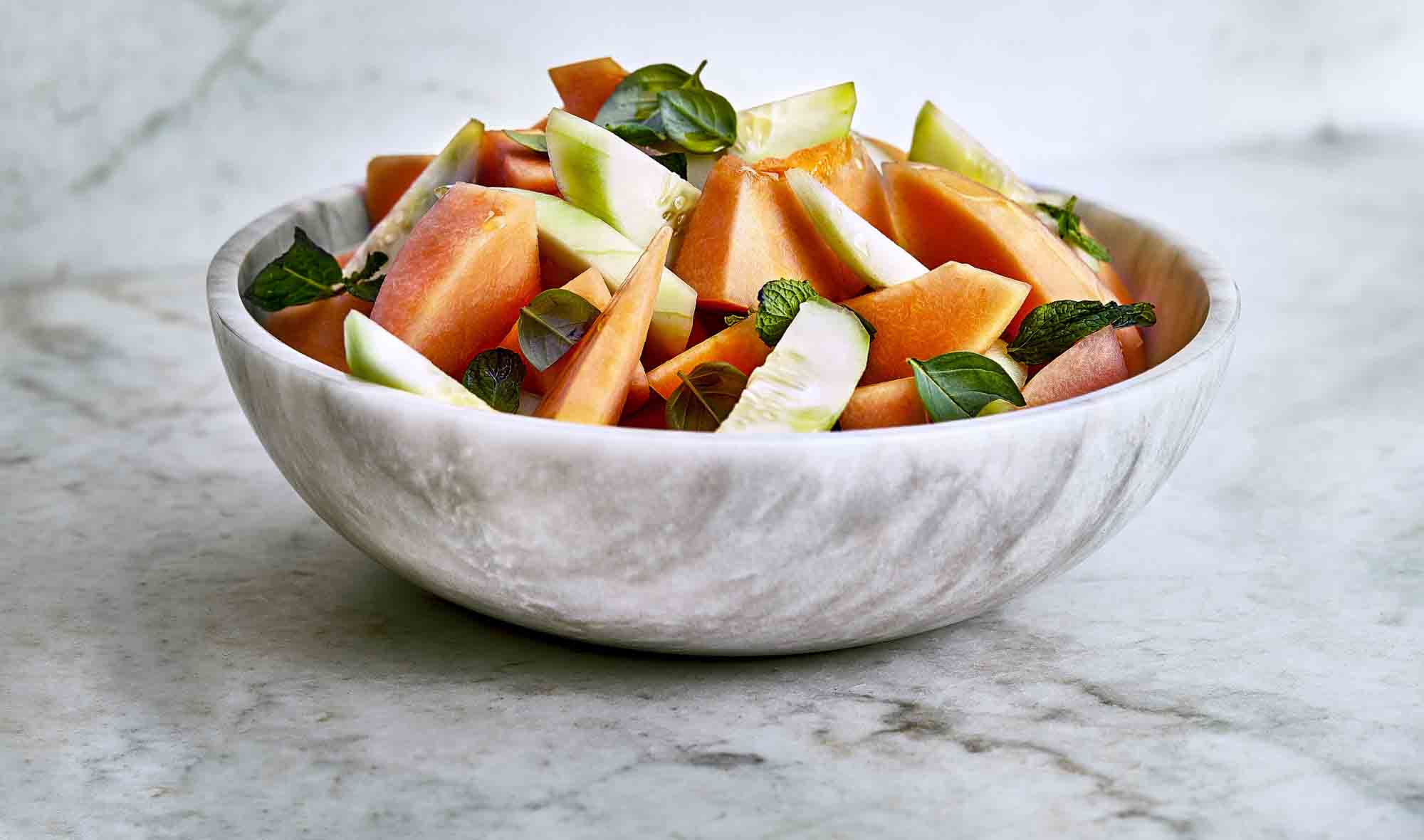
The Hami Basin, which integrates Tianshan cedar, desert Populus euphratica, Gobi red willow, and oasis white poplar, stands tall like a Great Wall on the north side of the Hami Basin and becomes an important geographic boundary of the basin. The cold air of Siberia makes the climate, ecological environment and natural landscape of the north and south completely different, forming the phenological characteristics of a mountain separated by two worlds: the cool and cool mountain north Barkol Basin is a northern Xinjiang environment; the dry and warm mountain south The Hami Basin is a southern Xinjiang environment; high temperature, long sunshine time, high sand content in the soil, and slightly alkaline characteristics create natural conditions for the sweetness of melons.
Cantaloupe efficacy and role
Nutritional value
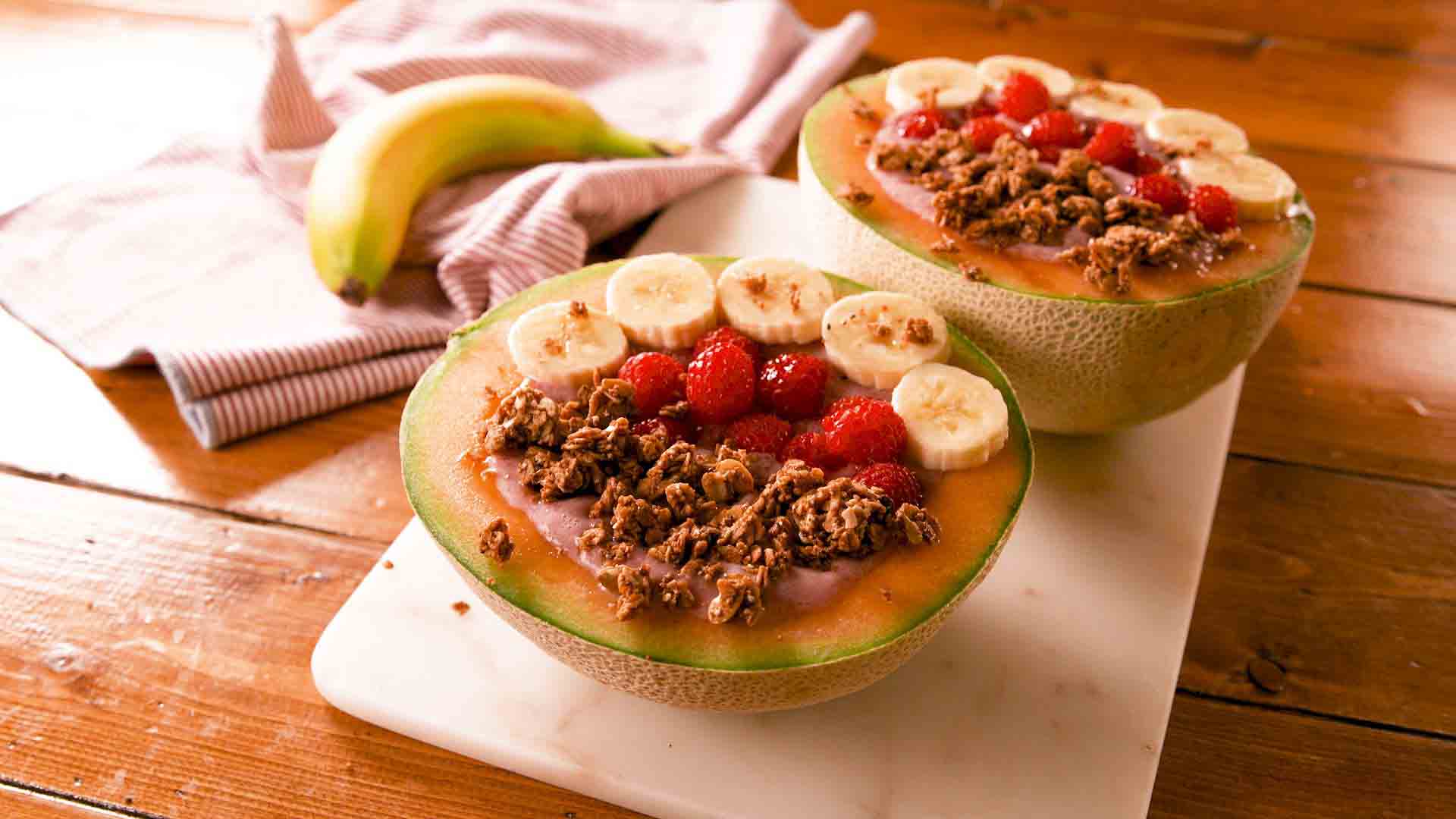
In addition to fresh food, cantaloupe can also be used to make dried melons, preserved melons, and juice. Cantaloupe peeling can use the large fruit peeling machine in the fruit and vegetable peeling machine, which is suitable for food scale processing. Guadix seeds can be used as medicine to treat diseases, and the skin of the goat can promote fat and increase fat.
Cantaloupe seeds can be used as essential oils. They are rich in medicinal, beauty, health care, and physiologically active cantaloupe seeds, which are refined by purely physical and cold pressing methods. The color is golden, the taste is fragrant, and there is a pleasant fruit taste; it fully retains the unique medicinal, beauty, and healthy nutrients in the cantaloupe seeds. With super-strong antioxidant capacity, it is a pure natural essential oil for medicine, beauty, health care and nutrition. It can be widely used in medicine, beauty, health care, nutritious food and other fields.
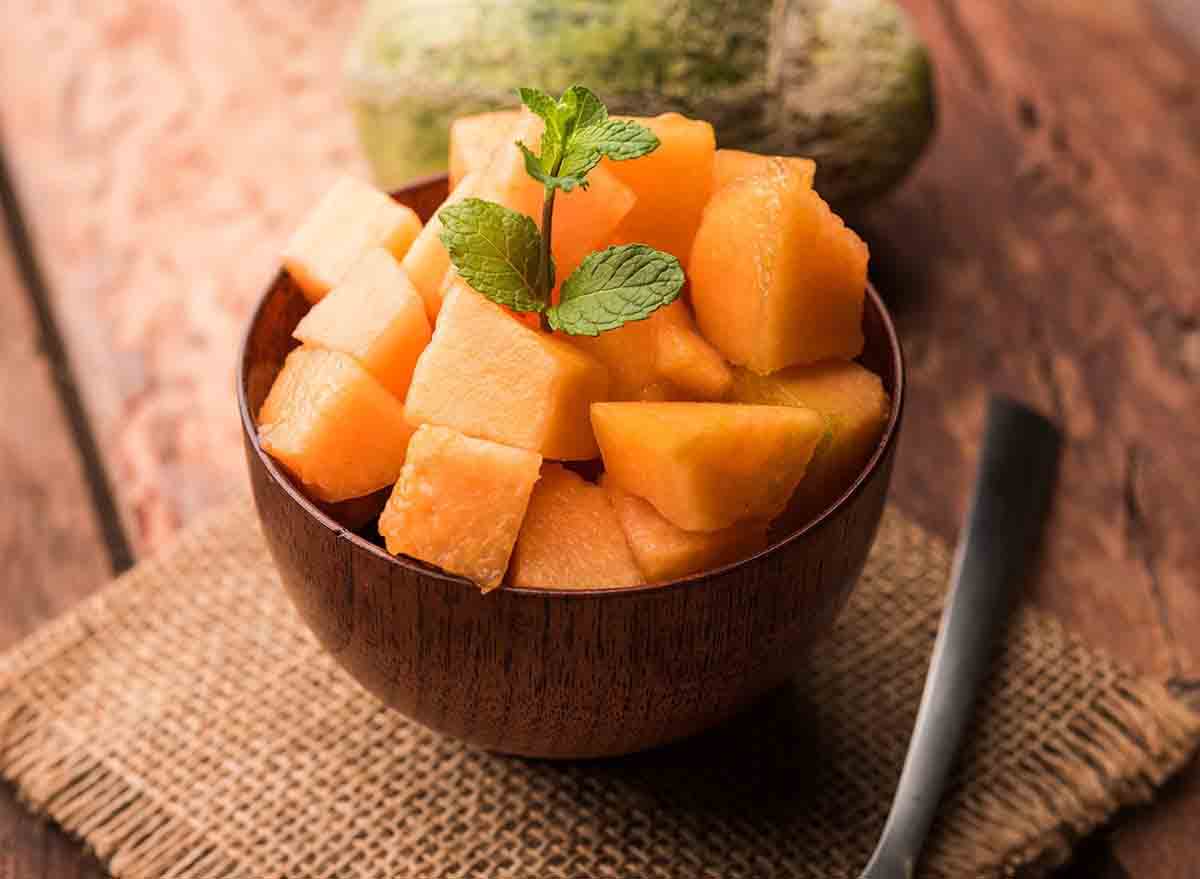
Medicinal value
Although cantaloupe is not a summer fruit to cool off the heat, it can effectively prevent people from being sunburnt. Summer ultraviolet rays can penetrate the epidermis to attack the dermis, causing serious damage to the collagen and elastin in the skin so that the skin will suffer from sagging, wrinkles, and the appearance of capillaries in the long run. At the same time, it leads to the deposition of melanin and the formation of new melanin, which darkens the skin and lacks luster, resulting in sunspots that are difficult to eliminate. Cantaloupe is rich in antioxidants, and this antioxidant can effectively enhance the ability of cells to resist sun protection and reduce the formation of skin melanin. In addition, eating half a cantaloupe every day can supplement water-soluble vitamin C and B vitamins, which can ensure that the body maintains the needs of normal metabolism.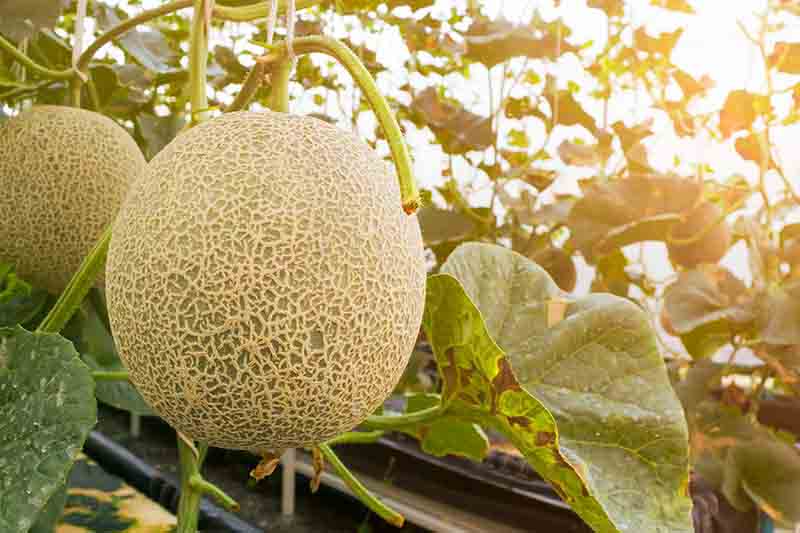
Latest Updated
- Benefits of Bugleweed - 7 Science-backed Health Benefits
- Bugleweed Dangers & Side Effects - Is It Poisonous?
- How to Plant Evergreen Trees - What You Should Know
- When to Plant Evergreens - Grow Guide for Evergreen Trees
- 12 Wonderful Evergreen Shrubs for Your Garden
- 12 Popular Evergreen Plants with Pictures for Beginners
- When And How To Prune A Lilac Bush Like a Pro
- How to Grow & Care for Lilac Vine (Hardenbergia Violacea)
- Japanese Lilac Tree (Syringa Reticulata) Care & Propagation Guide
- Shumard Oak Pros and Cons - What to Know
Popular Articles
- Winter maintenance of Antirrhinum Majus
- How to Grow Terminalia Mantaly Tree
- How to Grow and Care for Crossostephium Chinense
- How to grow Antirrhinum Majus in spring
- Peristeria Elata (Dove Orchid) Profile: Info & Care Guide
- Underwatered Snake Plant (Sansevieria Trifasciata) - Signs And How To Fix
- How to Care for Brazilian Jasmine Plant (Mandevilla Sanderi)
- How to Grow & Care for Graptopetalum Purple Delight in Summer
- Rosa Chinensis (China Rose): Plant Growing & Care Tips
- How to Care for Baby Sun Rose (Aptenia Cordifolia)